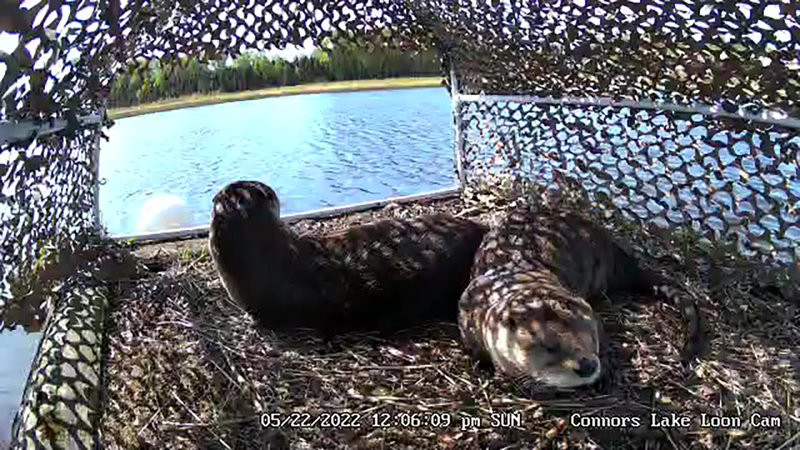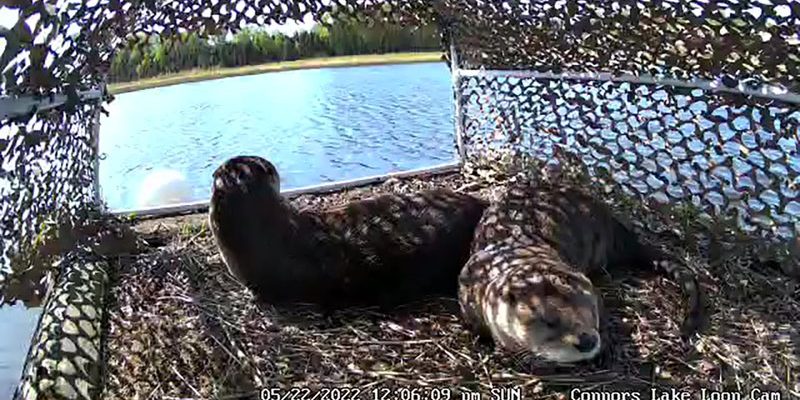
You might imagine river otters as fluffy little acrobats of the rivers—swimming, diving, and lounging around. But what do you really know about them? Let’s clear up some of the confusion so you can appreciate these fascinating animals even more. Here’s the thing: understanding river otters can enhance your experience in nature, whether you’re camping by a river or just enjoying a good wildlife documentary.
Myth 1: River Otters Are Just Like Sea Otters
One common misconception is that river otters and sea otters are the same species. While both share the name “otter,” they are very different creatures. River otters inhabit freshwater environments like rivers and lakes, while sea otters live in ocean waters along the coast.
River otters are generally smaller and more adapted for speed and agility in swift currents. They have longer bodies and narrower heads, which help them navigate through freshwater with ease. In contrast, sea otters have thick fur to keep them warm in colder ocean waters, and they often use rocks to crack open shellfish—a behavior you won’t see in their river-dwelling cousins.
So, the next time you see an otter swimming, remember that there’s a whole world of difference between the river otter and its sea-going relative!
Myth 2: River Otters Are Solitary Animals
You might think river otters lead solitary lives, much like some other wildlife. However, that’s not the case! River otters are actually quite social animals. They often live in family groups called rafts, typically consisting of a mother and her pups, or a group of adults.
Imagine a lively gathering of otters sliding down mud banks and chasing each other through the water—it’s quite a show! This social behavior is essential for their survival, especially when it comes to raising young. Mothers teach their pups how to hunt, swim, and navigate their environment.
Plus, being in a group helps protect them from predators. So, when you spot a river otter, there’s a good chance it’s not alone!
Myth 3: River Otters Are Dangerous to Humans
Many people have a fear of wild animals, often thinking they might attack if approached. River otters, however, are generally not a threat to humans. They’re curious and playful, which can sometimes lead to encounters, but they typically prefer to avoid people altogether.
If you’re lucky enough to see one in the wild, just remember to give it space. Although they have sharp teeth and claws as wild animals do, they’re generally shy and more interested in playing or fishing than causing trouble. Just like any other wildlife, respecting their space is key. If you’re quiet and observant, you might just catch a glimpse of their playful nature without causing any alarm.
Myth 4: River Otters Only Eat Fish
It’s easy to assume that river otters are exclusively fish-eaters because of their habitat. However, they have a varied diet! River otters are opportunistic feeders and can adapt their eating habits based on what’s available in their environment.
In addition to fish, river otters enjoy a menu that includes amphibians, crustaceans, small mammals, and even birds. Picture a river otter rummaging through some riverbank vegetation to find a snack—it’s quite resourceful! Their diverse diet allows them to thrive in different habitats, which is vital for their survival, especially in areas where food sources might change seasonally.
Feeding on various prey also showcases their adaptability, something that’s essential for any wild animal living among the unpredictability of nature.
Myth 5: River Otters Are Always in Water
You might picture river otters as little water creatures that never leave the river, but they actually spend a fair amount of time on land! While they are excellent swimmers, river otters also come ashore to rest, socialize, and breed.
You might see them lounging on rocks or along riverbanks, basking in the sun. This habit is crucial for their health—sunlight helps them maintain their body temperature and keeps their fur in top condition. Plus, land offers them a place to play and interact with their family groups.
So, when you’re out hiking near a water source, keep an eye out for their playful antics both in and out of the water!
Myth 6: River Otters Are Endangered
Despite facing challenges like habitat loss and pollution, river otters are not currently classified as endangered. In many areas, their populations are stable or even recovering thanks to conservation efforts and habitat restoration.
While they were once heavily hunted for their fur, protective measures have helped their numbers rebound in various regions. It’s a reminder that wildlife can bounce back with the right support. However, it’s still crucial to monitor their habitats and ensure rivers and lakes remain clean so that these playful creatures can thrive.
As you learn more about river otters, you can appreciate the importance of preserving their environment. It’s a small way you can contribute to ensuring their future.
River otters are truly remarkable creatures filled with charm and personality. By dispelling these common myths, we can foster a greater understanding and appreciation for them. Whether you encounter them during a nature walk or in a documentary, knowing the truth about river otters adds depth to your experience.
So, the next time you think about river otters, remember the fun and fascinating realities behind their playful antics. They’re not just adorable balls of fur; they’re intelligent, social, and adaptable mammals that play an important role in their ecosystems. Let’s cherish and protect these enchanting animals, making sure they continue to thrive for generations to come.

